Wildlife Protection
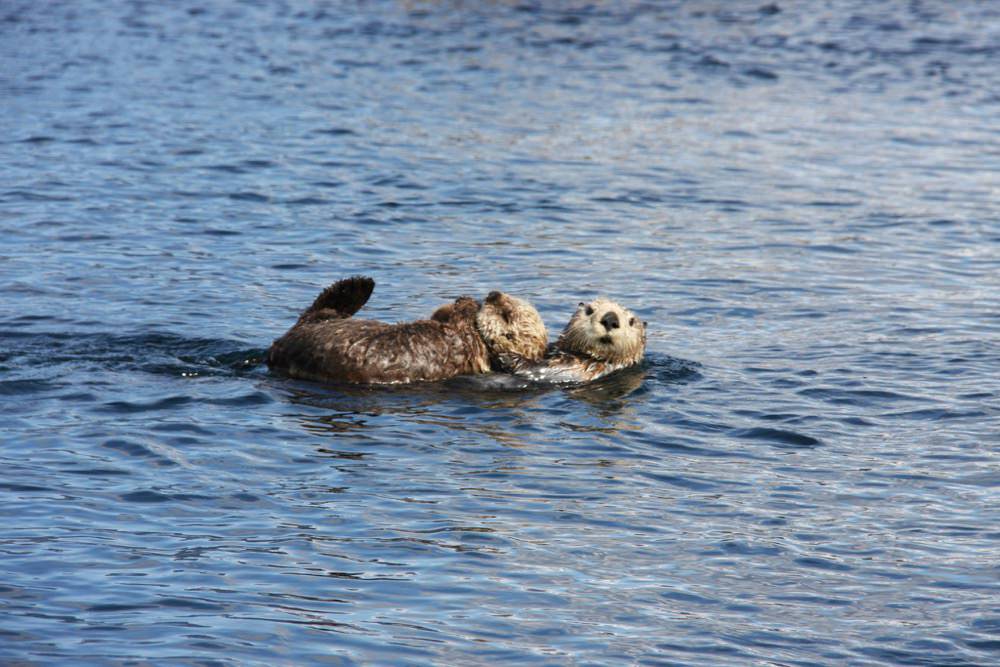
Now fully protected, Northern sea otters were once ruthlessly hunted for their prized fur, which has the greatest density of any mammal, and without the blubber insulation of other marine mammals, they are the most susceptible to oil spills.
One of the sanctuary's most astonishing qualities is the diversity and abundance of wildlife. Twenty nine species of marine mammals and scores of seabird species spend parts of their lives here; gray whales visit as part of the longest mammal migration on Earth and albatross gather food here to return to nestlings on mid-Pacific islands and atolls. Sea otters munch on macro-invertebrates such as urchins, which in turn graze on majestic kelp forests. Fishes occupy myriad niches from the deepest ocean canyons to the shallowest tide pools.
In addition to the sanctuary, the Olympic Coast is protected by other government entities: Washington Seashore Conservation Area, Olympic National Park, U.S. Fish and Wildlife Service Washington Maritime National Wildlife Refuge Complex, and the Hoh, Makah, and Quileute tribes, and the Quinault Indian Nation. The area's extraordinarily natural values were acknowledged and protected as early as 1907 when seabird colonies on the coast's islands were first granted federal conservation protection under a seabird reserve system by President Theodore Roosevelt.
The phrase "wildlife disturbance" includes noise, physical and visual disturbances caused by human activities that can have physical and behavioral impacts on wildlife above, below, and on the water surface. Nesting birds respond to disturbance by leaving their nesting roosts. Marine mammals flee from haul-out or pupping areas, or abandon the area. Sources of wildlife disturbance in the sanctuary include low-flying aircraft, motorized personal watercraft, fireworks, close approach to wildlife aggregation areas (either humans on foot or in a vessel), and other excessive noises that originate from various sources.
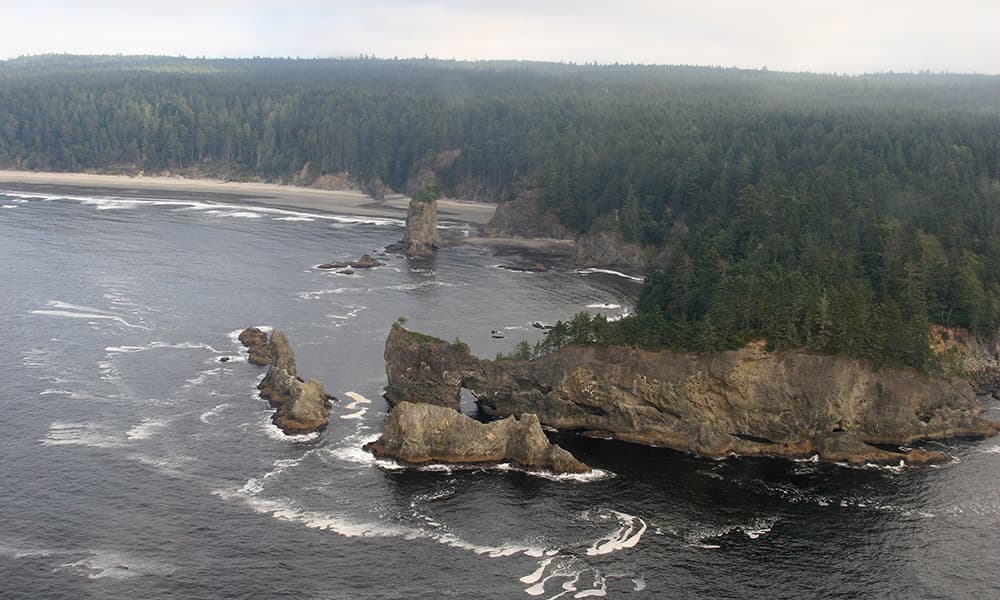
Sanctuary Regulations
Include activities that are prohibited within Olympic Coast National Marine Sanctuary to protect sanctuary resources.
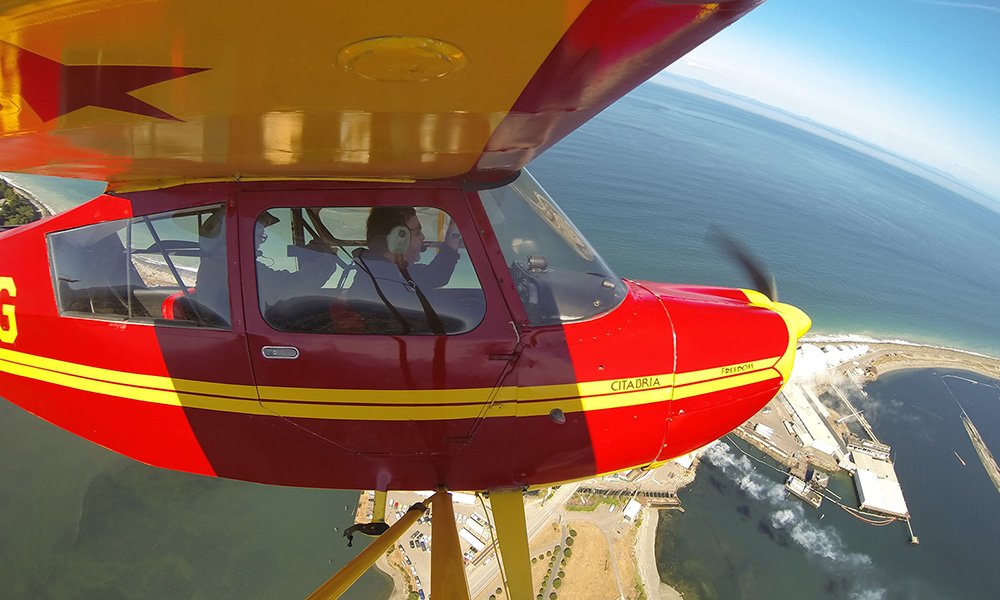
Overflight Regulations
Require pilots to remain 2000 feet over beaches, offshore rocks, and islands.
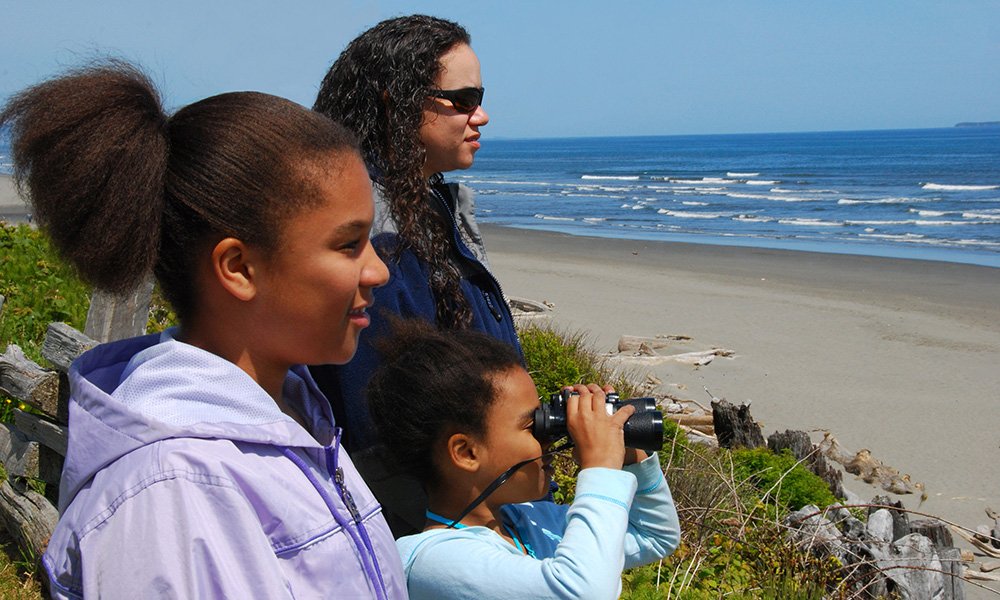
Wildlife Viewing Guidelines
Inform visitors to give wildlife plenty of space, and use your zoom lens or binoculars if you want that close-up view!
Marine Mammal Protection Act
Enacted in 1972 established a national policy to prevent marine mammals from declining beyond the point where they ceased to be significant functional elements of the ecosystems of which they are a part.
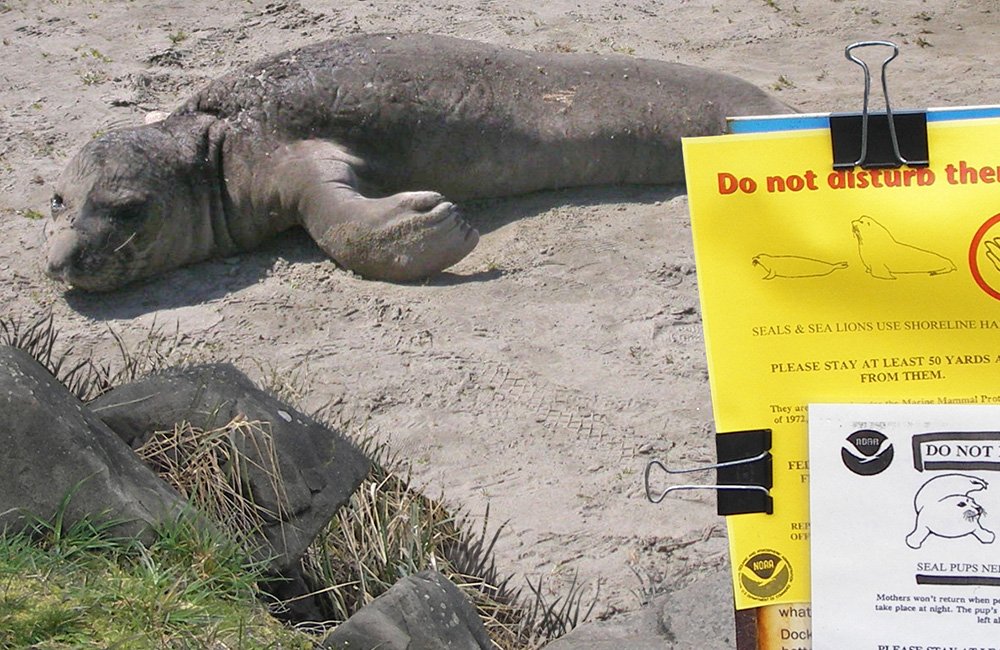
West Coast Marine Mammal Stranding Network
Provides important information on what to do if you observe a beached or injured marine mammal.
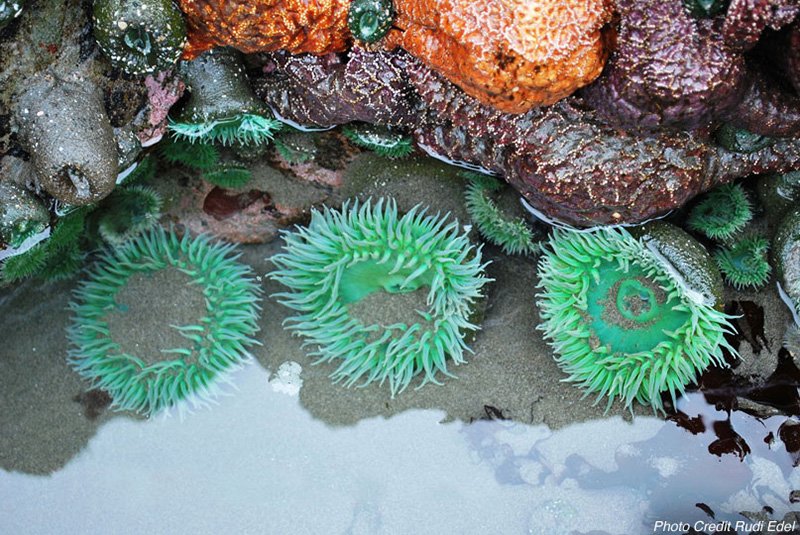
Tidepooling Tips and Safety
Provides guidance for visitors to enjoy and show respect for life at the water's edge while tidpooling.

